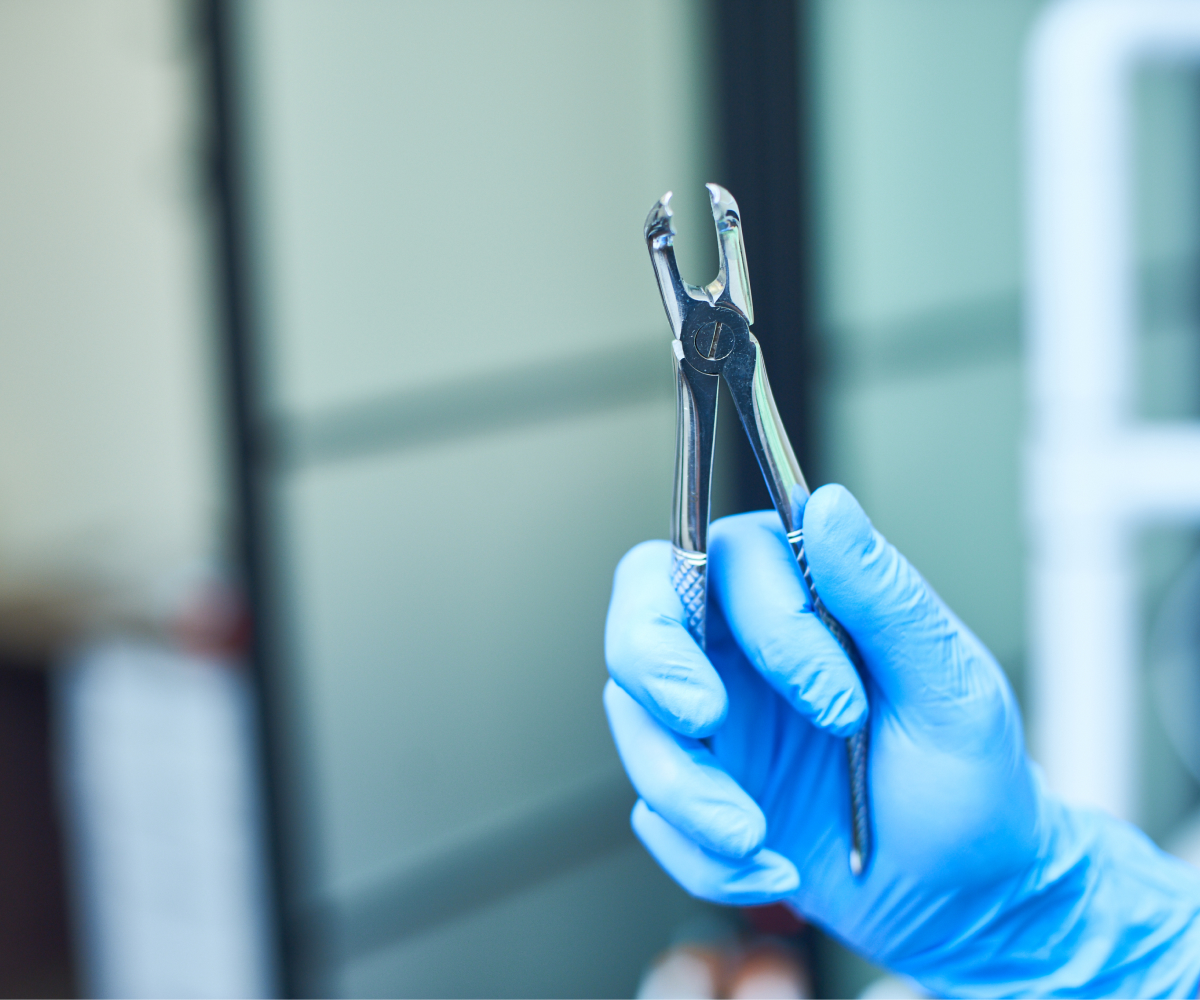Oral and Maxillofacial Surgery
Although we do our best to take care of our teeth by brushing and flossing, most of us end up needing to see a dentist for a cleaning or, in the worst case, for an extraction.

Simple Tooth Extractions
Tooth extraction is always the least favorable treatment option, but in some cases, the tooth cannot be saved and must be removed.
Reasons for Tooth Extraction
In many situations, a simple extraction can help relieve pain or prepare you for another cosmetic or restorative procedure. The most common reasons for an extraction are:
- Lifts stains
- Can be performed in our office or at your home
- Provides you with the appropriate level of whitening
- Is safe — we offer low or no sensitivity methods


Bone Grafting
Bone grafting is often closely associated with dental restorations such as bridges and dental implants. Ideally, bone grafting is performed after a tooth extraction to preserve the existing bone, but it can also be done on sites of previous extractions to enhance bone volume.
In most cases, the success of a restoration procedure depends on the height, depth, and width of the jawbone at the implant site, especially in the aesthetic zone.
Bone grafting is a highly effective procedure in most cases. It is also a preferable alternative to missing teeth, diseased teeth, or dental deformities. Bone grafting increases the height or width of the jawbone and fills voids and defects in the bone.

Wisdom Tooth Extractions
Third molars, commonly known as wisdom teeth, are usually the last four of the 32 teeth to erupt (surface) in the mouth, typically appearing between the ages of 17 and 25. They are located at the back of the mouth (upper and lower), near the entrance to the throat. The term "wisdom" comes from the idea that the molars appear at a time generally associated with greater maturity or "wisdom".
In most cases, insufficient space in the mouth prevents wisdom teeth from erupting properly and becoming fully functional. In this case, the tooth may become stuck in an undesirable or potentially harmful position. If untreated, impacted wisdom teeth can lead to infection, damage to other teeth, and possibly the formation of cysts or tumors.
By examining the interdependent elements of the mouth, we can determine and monitor your oral health over time.
Reasons for Wisdom Tooth Extraction
While not all wisdom teeth need to be removed, wisdom tooth extractions are most often performed due to an active problem such as pain, swelling, decay, or infection, or as a preventive measure to avoid severe problems in the future. In cases of impaction of one or more wisdom teeth and no treatment, several potentially harmful consequences can occur, including:
- Damage to neighboring teeth: Second molars (the teeth directly in front of wisdom teeth) can be affected by impacted wisdom teeth, leading to cavities, periodontal disease (gum disease), and potential bone loss.
- Disease: Although rare, cysts and tumors can develop in areas surrounding impacted wisdom teeth.
- Infection: Bacteria and food can become trapped under the gum tissue, causing infection. The infection can result in significant pain.
- Dental crowding: The theory suggests that impacted wisdom teeth exert pressure on other teeth, causing misalignment (crowding or twisting). This theory is not universally accepted by all dental professionals and has never been validated by scientific studies.
